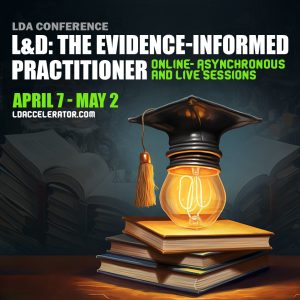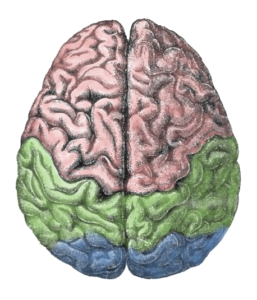I’ve written in praise of the cognitive and learning sciences. I, however, need to take a step back. It’s becoming increasingly clear to me, sadly, that there are attacks on science itself. Yet, I have a strong belief that it matters. So let me briefly address the question of why science.
As background, I have been steeped in science. It was one of my favorite topics in school, and in college. My PhD is in the underpinnings of how we think. Though it’s been a long while since I was an active scientific researcher, I still apply what’s known. Moreover, I continue to track developments, so I can continue to do so.
As a result, I’ve been a fan of the work of scientists in the cognitive and learning fields. I’ve not only had training in the methods, but I also continue to explore more broadly the methods and the applications. I also love the translators who take that research written in the original academese and turn it into practical advice. Heck, I’m co-director of a society about evidence-based practices.
There has been some ‘confusion’ about the scientific process. “How can you trust it if it admits it’s been wrong?” Er, that’s what it’s about, continually creating explanations about the world. When we know more, we may need to change our explanations. We went from the sun circling the earth to the other way around, and we no longer (should) think the world is flat. If you don’t believe in the findings, how (and why) are you reading this? Technologies developed from scientific endeavor.
To be fair, science has been used for ill as well as good. That’s about people’s ethics, not the outcomes. We have to be mindful of how we apply what we learn. That’s up to our values and morals, which science actually has a lot to say as well. For instance, I’ve made the case that research tells us we do better when we’re inclusive. That’s science telling us what values lead to the best outcomes. When we work with what we know about how we think, work, and learn, we improve the outcomes.
The evidence says that science is better than any alternative. When we apply evidence-based practices, we get the best results. That’s a win. When we turn our backs on it, we lose. Lives can be negatively impacted or lost. That’s not a win. And for our orgs, ignoring science in marketing, operations, sales, etc doesn’t make sense. So, too, for learning and ‘human resources’ in general. And, that’s true for society and government as well. So let’s make sure we’re making decisions in ways that align with science. It may seem more expedient in the short-term to do otherwise, but the long-term results argue for us doing the right thing. When there’re conflicts between beliefs and the evidence, things go better when we adapt beliefs and go with the evidence. “Why science” is because it works better.

